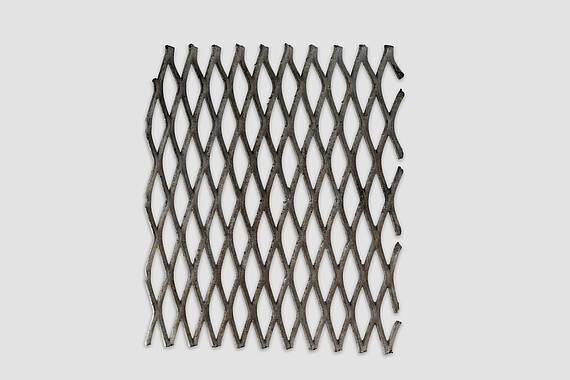

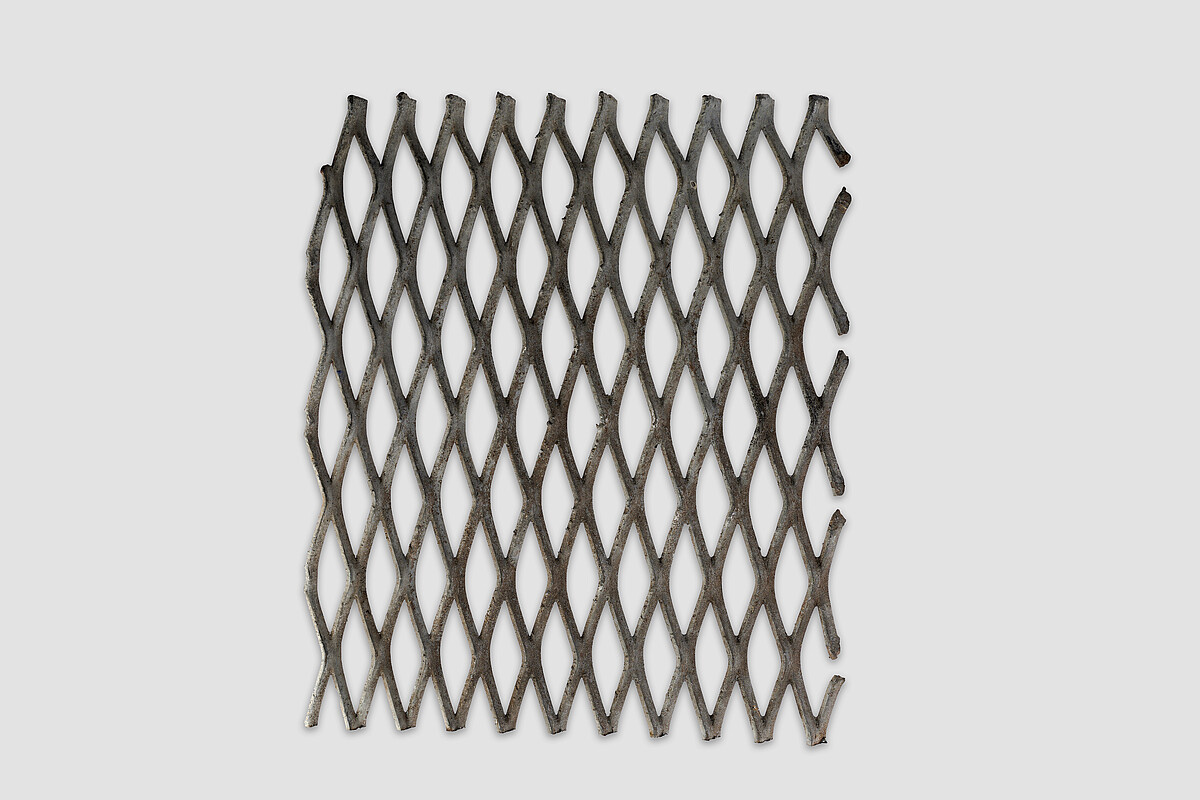 ©
Sören Pinsdorf / LUH
©
Sören Pinsdorf / LUH
The peaceful revolution in the German Democratic Republic in 1989 is considered a defining moment of freedom. For historical research on democracy and dictatorship, a comprehensive understanding of this event is as central as the history of the division of Germany.
Over decades, the so-called Iron Curtain, which hermetically sealed the inner-German border, was a symbol of the absence of freedom and a material manifestation of a repressive state system that severely restricted the individual rights and freedoms of its citizens.
Remembrance using the example of the inner-German Border
Please note that activating the video will result in the transfer of data to the respective provider. Further information can be found in our privacy policy.
Play video
To select English subtitles, use the settings button at the bottom right of the video screen.
The inner-German border in the Wendland/Altmark area
Even 35 years after the fall of the wall, there is intense debate in our society about how the division of Germany and the German Democratic Republic (GDR) should be remembered. From a historical studies perspective, it is completely uncontentious that in examinations of the history of Germany’s division, the focus should always be on analysing the contradictions and ambiguities of history. This approach and the openness that accompanies it has been central for the project team in its work on the project “The inner-German border in the Wendland/Altmark area” currently being carried out at the Institute of Didactics of Democracy.
The project adopts an everyday- and regional-history perspective and asks how the residents on both the West German and East German sides of the border experienced the division and what impacts this division continues to have today. It focuses on a region that was directly impacted over decades, to a particularly significant extent, by the division of Germany. Before 1945, there were extensive interconnections and ties in the area which is now the district of Lüchow-Dannenberg (Lower Saxony) and the Altmark district of Salzwedel (Saxony-Anhalt), which were then interrupted or significantly limited for decades as a consequence of the division of the country.
In 2023, 20 narrative autobiographical interviews were carried out with people who lived through that time. They were analysed and evaluated in accordance with social science and historical studies standards. Selected excerpts from these interviews will be prepared for a travelling exhibition in fall 2024.
Video about the research project
Please note that activating the video will result in the transfer of data to the respective provider. Further information can be found in our privacy policy.
Play video
Interview excerpt (in German): “Suddenly we were able to breathe freedom”
Michael Kleemann, who worked as a pastor in Salzwedel in 1989, reflects back on the period directly surrounding the fall of the wall and the resulting impacts on people in the region.
Participating researchers
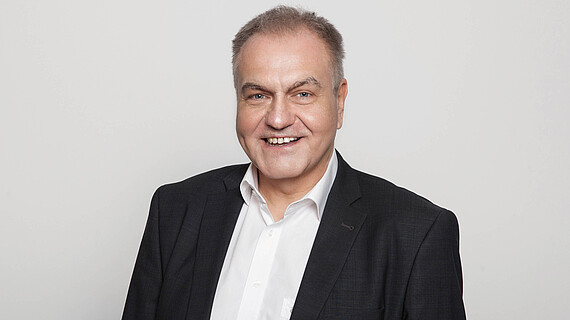

 ©
LUH
©
LUH


 ©
LUH
©
LUH
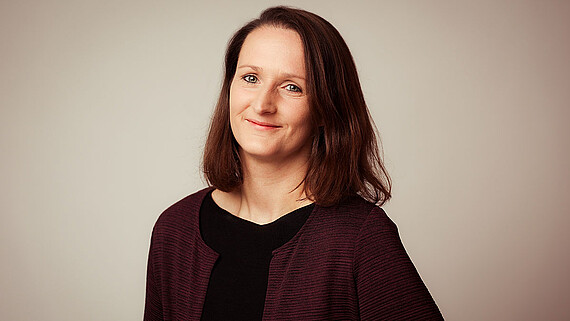
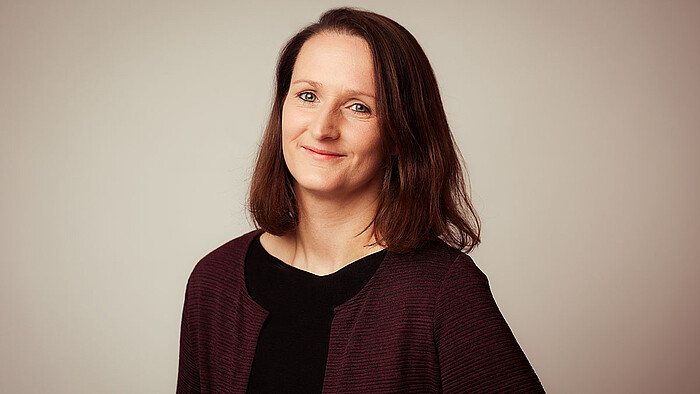
 ©
LUH
©
LUH
At the Institute of Didactics of Democracy, apl. Prof. Dr. Detlef Schmiechen-Ackermann, Dr. Christian Hellwig and Karolin Quambusch, M.A., are studying the history of the inner-German border, among other things. In its current research project, “The inner-German border in the Wendland/Altmark area”, the project team is conducting interviews with individuals who lived through that time. The aim is to preserve their autobiographical memories of the division of Germany for the future and make them available for historical studies work.
Contact person, Communications and Marketing
30167 Hannover












